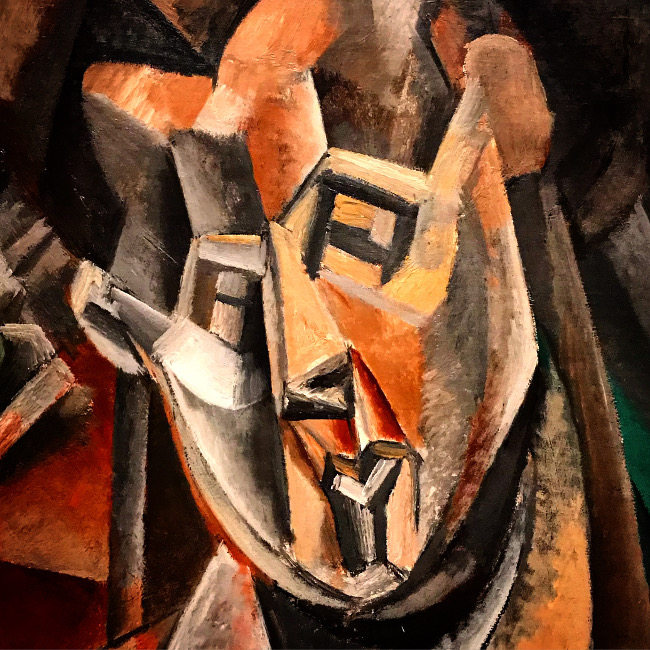If you consider spacetime a single unified thing comprised of both space and time (and they do go well very well, mathematically speaking), then you could see your entire life -- everywhere you go, everyone you meet -- in the form of a wiggly line stretching against a backdrop of the other three dimensions.
“Nothing happens in space alone. It must have a timestamp too,” wrote Paul Kalpern in "The Quantum Labyrinth: How Richard Feynman and John Wheeler Revolutionized Time and Reality," a 2017 book.
In fact, every molecule in the universe would be captured in this block, including those that make up your body for a part of their billion year journeys. From this particular dimension, the "Block Universe" as it's known, time does not exist, other than as these trails encased across stretches of space, which are sometimes called 'World Lines.'
“The world lines of everything that existed or will exist -- past, present and future -- would be etched within such a cosmic crystal ball,” Kalpern wrote. “Time would seem as frozen as a block of ice, because it would already be foreseen.” From a distance, this block universe may look smooth and calm, but closer up it appears more "turbulent and frothy."

Technically speaking, there is no law in physics that prevents causality from going back in time, or of cause always preceding the effect. "Just as right and left could be reversed, so might future and past," Kalpern wrote. "Clearly, causality was real. Humans experienced it every day. But it did not have a bearing on particle interactions." But Time's Arrow appears to depend on the second law of thermodyamics, by way of entropy, "which mandates its non-decrease as time moves forward," Kalpern wrote.
Richard Feynman attributed Time's Arrow to the fact that we know more about the past — and so it has lower entropy — than we do about the future, which by that definition would have a higher entropy. The weird thing about that is everything else in the universe tends to move in the opposite direction — from a lower entropy state to a higher one.
It was Richard Feynman’s advisor John Wheeler who floated the idea that universe was made up of a single electron (This would be why all electrons appear identical), but we don't have the temporal sensory capabilities to witness this action.
“All the electrons we see are simply the same one racing forward and backward in time,” Kalpern wrote. “We think there are many electrons instead of one, because we are witnessing only a single moment of time, a mere slice of reality.”
![]()
